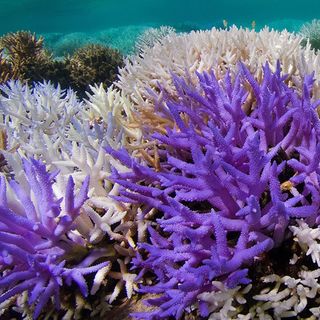Twenty thousand tonnes of oil leaked into the Ambarnaya River in the Arctic Circle, after a fuel tank at a power plant in Norilsk, Siberia collapsed. Russian President Vladimir Putin declared a state of emergency, allowing extra forces to enter the region for the clean-up operation.
Norilsk, the city where the spill took place, is one of the most polluted cities in the world due to the operations of Nornickel — the world’s leading nickel and palladium producer, and the owners of the power plant that caused the oil spill. Undiscovered by the Russian state for two days, the oil spill had spread almost 12km from the site of the accident. The region’s governor, and later President Putin, learned of the mishap from “alarming reports on social media,” according to a report by the BBC.
However, the reason why the oil spill occurred is vital: the pillars supporting the fuel tank had slowly started sinking and eventually collapsed. This is because the tank was built on permafrost (permanently frozen ice), which is melting quicker than usual due to global warming.
Related on The Swaddle:
The Himalayas Are Set to Lose 66% of Their Ice by 2100
The last major oil spill on Russian waters — the Kerch Strait spill in 2007 — involved the loss of 5,000 tonnes of oil and required both the military and volunteers to help clean up the region. The site of the current spill — the Ambarnaya river will not be easy to clean, as it is located in an inaccessible area, and is too shallow for the use of large barge boats. Plus, the spill in the current Norilsk spill is diesel fuel, which evaporates quicker but is far more toxic to clean up than regular crude/refined oil, according to what Alexei Knizhnikov of the World Wildlife Fund told The Guardian.
In a televised video conference, Putin lambasted the head of the Nornickel subsidary in Norilsk, saying, “Why did government agencies only find out about this two days after the fact? Are we going to learn about emergency situations from social media? Are you quite healthy over there?”




